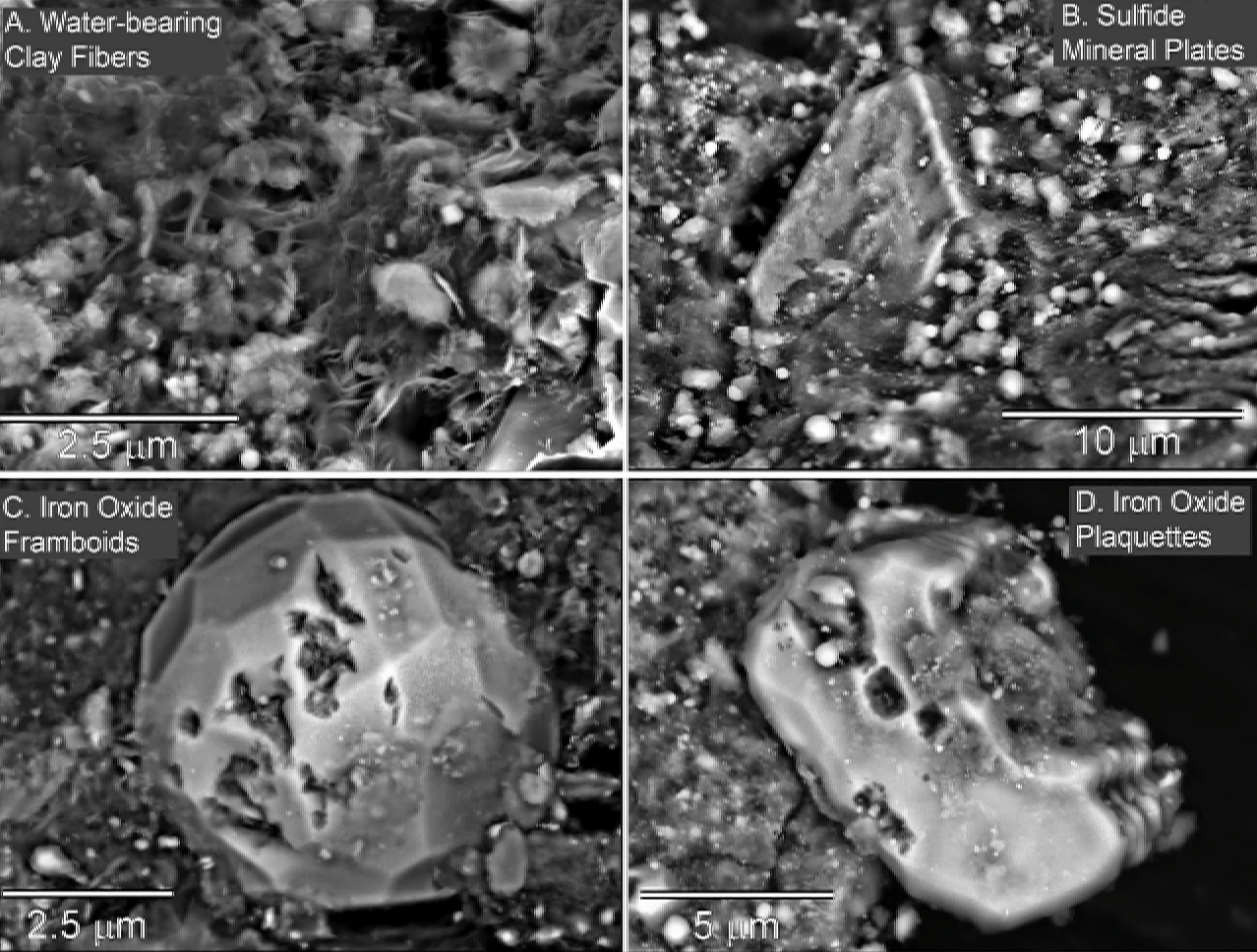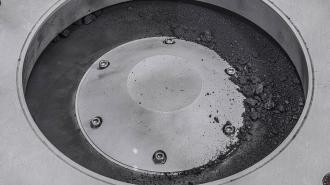On October 11, NASA shared its first update on the asteroid sample brought to Earth by the OSIRIS-REx mission — and they’re thrilled with what they’ve seen so far.
“OSIRIS-REx — the team — we picked the right asteroid,” said Daniel Glavin, OSIRIS-REx sample analyst. “And not only that, we brought back the right sample. This stuff is an astrobiologist’s dream.”
The asteroid sample: Seven years ago, NASA launched the OSIRIS-REx mission to retrieve a sample of Bennu. Because the asteroid formed around the same time as our solar system, 4.5 billion years ago, the hope was that the sample would reveal insights into Earth’s early history.
On September 24, OSIRIS-REx delivered, returning a capsule containing bits of Bennu to Earth, marking NASA’s first successful retrieval of an asteroid sample.
A bounty of Bennu: On October 11, NASA broadcasted a live event during which it revealed what it found when it first opened the OSIRIS-REx capsule — and it was a lot more than they expected.
“We have a bounty of sample on our hands already, and we’re not even inside of TAGSAM,” said Francis McCubbin, astromaterials currator at NASA’s Johnson Space Center, referring to the robotic arm that actually collected the asteroid sample and is currently inside a canister.
Based on estimates of the capsule’s mass, NASA believes that TAGSAM contains about 250 grams of asteroid material — far more than the mission’s goal of 60 grams.
“The bounty of carbon-rich material and the abundant presence of water-bearing clay minerals are just the tip of the cosmic iceberg.”
Dante Lauretta
Precursors to life: NASA is taking its time methodically processing the asteroid dust and particles it found on the outside of TAGSAM, but it is thrilled with what it has analyzed so far.
“Already this is scientific treasure,” said Dante Lauretta, principal investigator of the OSIRIS-REx mission, who shared electron microscope images revealing that the sample contains water-bearing clay minerals.
“That water, that is how we think water got to the Earth,” said Lauretta. “The reason that Earth is a habitable world…is because these clay minerals, minerals like the ones we’re seeing from Bennu, landed on Earth 4 billion years ago to 4.5 billion years ago, making our world habitable.”

Asteroids might have not only delivered water to Earth, they may have also seeded our planet with carbon, which is the building block of life as we know it — and the Bennu sample had plenty of that, too.
Based on the initial analysis at the Carnegie Institution for Science, the asteroid is 4.7% carbon. Those scientists say this is the highest abundance of carbon they’ve ever seen in an extraterrestrial sample, and they’ve analyzed nearly 250 meteorites.
Looking ahead: After dropping off its asteroid sample, the OSIRIS-REx spacecraft set a course for a new asteroid, Apophis, which it should reach for an up-close study in 2029.
Meanwhile, NASA will continue to process the Bennu sample, including what’s actually inside the TAGSAM container. They’ll then distribute bits of the asteroid to scientists worldwide, while reserving some of it for analysis by future generations of scientists.
“As we peer into the ancient secrets preserved within the dust and rocks of asteroid Bennu, we are unlocking a time capsule that offers us profound insights into the origins of our solar system,” said Lauretta. “The bounty of carbon-rich material and the abundant presence of water-bearing clay minerals are just the tip of the cosmic iceberg.”
We’d love to hear from you! If you have a comment about this article or if you have a tip for a future Freethink story, please email us at [email protected].






